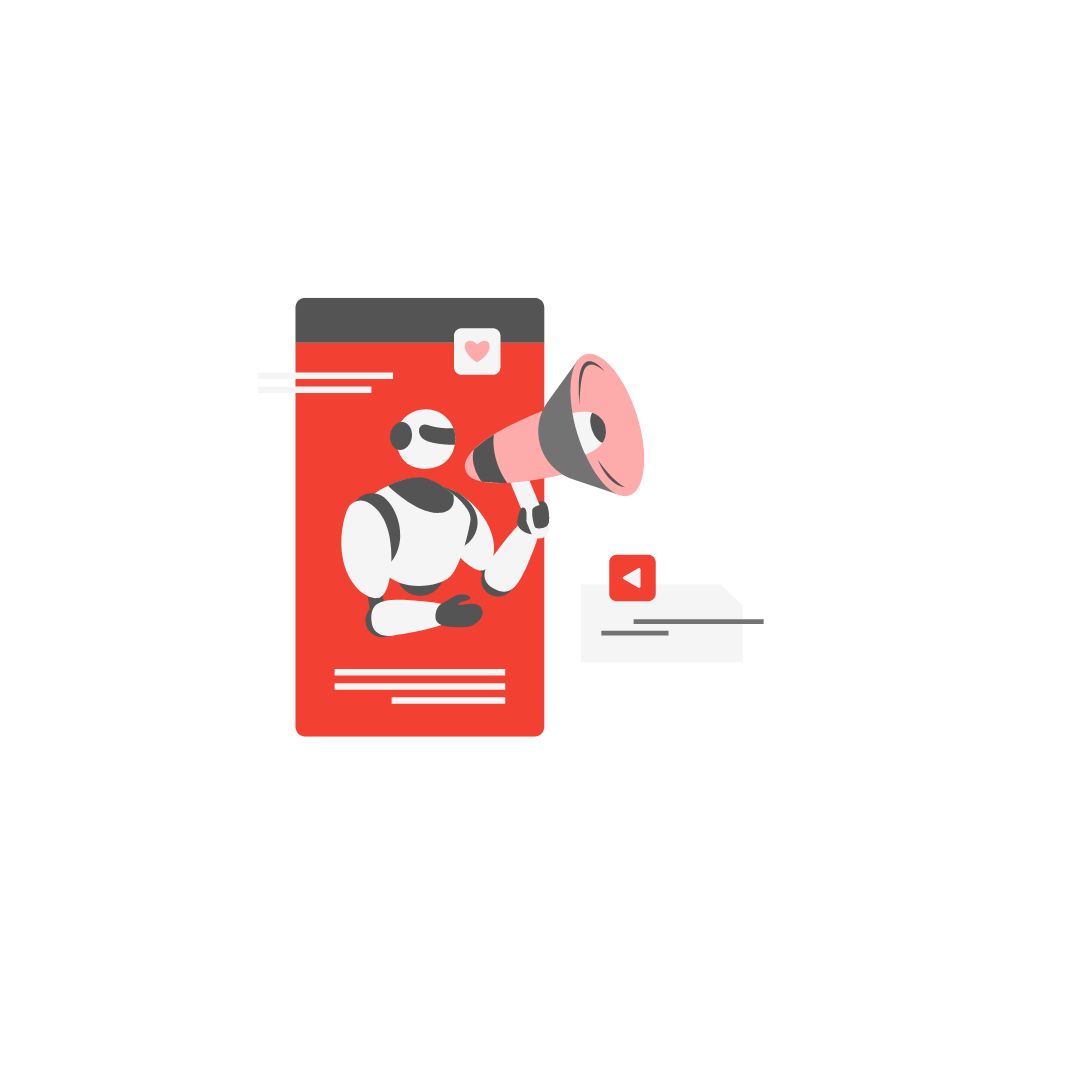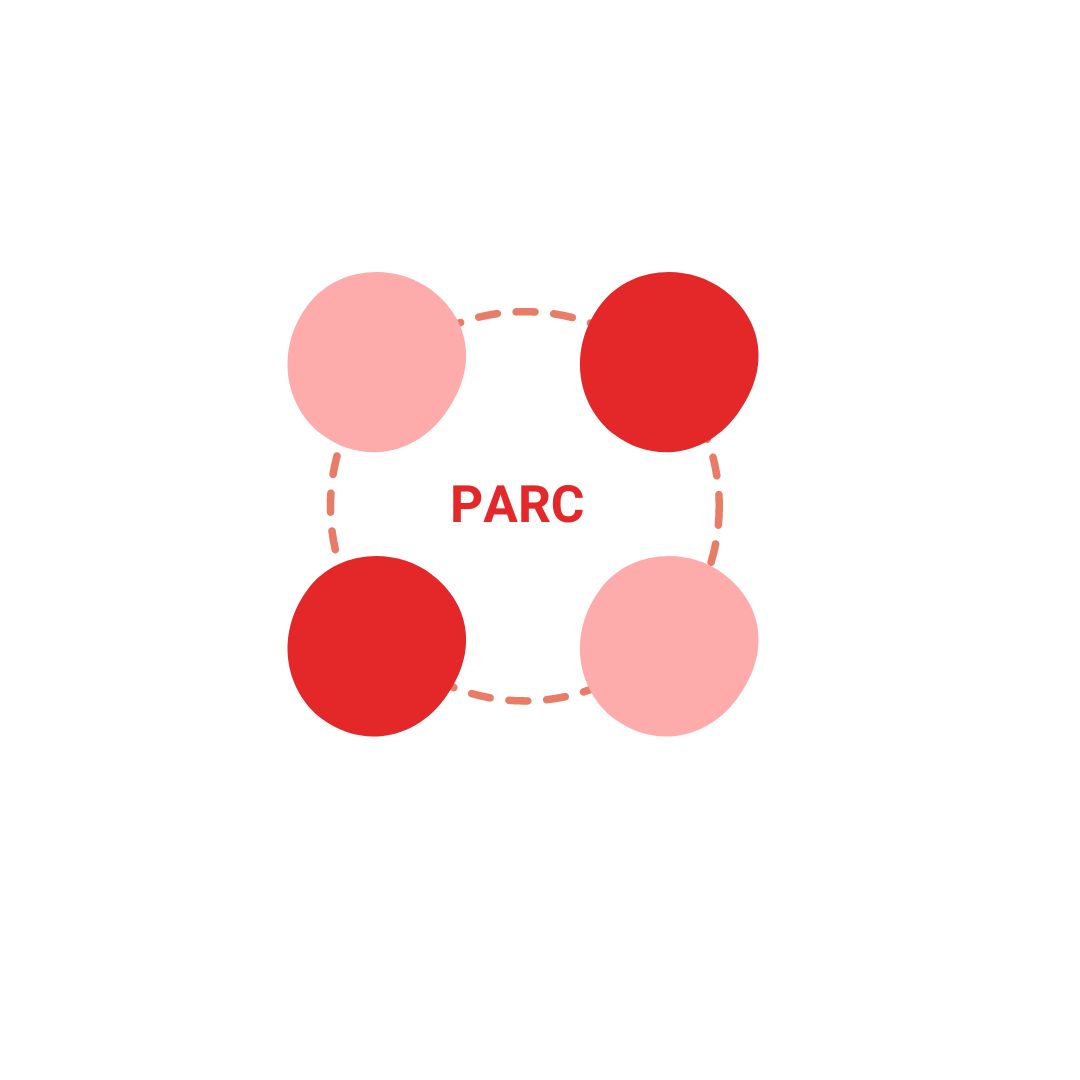Conversion Rate Optimization (CRO) is a crucial aspect of Growth Marketing that focuses on increasing the percentage of visitors to a website who complete a desired action. To excel in CRO, it’s essential to understand and effectively use a variety of specialized terms and strategies. Each term represents a specific concept or technique that can help marketers better understand their audience, experiment with changes, and ultimately enhance the effectiveness of their website or marketing campaign.
From “A/B Testing,” which involves comparing two versions of a webpage to see which performs better, to “Statistical Significance,” which assesses the reliability of test results, these terms cover a broad spectrum of activities involved in CRO. Other concepts like “Heatmap” and “Eye-tracking” provide insights into user behavior, while “Iterative Optimization” emphasizes the ongoing nature of improvement in conversion rates.
Understanding these key terms not only equips marketers with the necessary tools to optimize their efforts but also helps in strategizing and implementing more effective marketing campaigns. Each term interconnects with others to form a comprehensive approach to improving user engagement and achieving business objectives through systematic, data-driven methods.
1. A/B Testing:
This is the process of comparing two versions of a webpage or app to see which one performs better in terms of conversions. It involves showing the two variants (A and B) to different segments of visitors at the same time and comparing which version has a higher conversion rate.
2. Baseline:
The original metrics that you measure against to determine the impact of your CRO efforts. This could be the original conversion rate before any optimizations are applied.
3. Behavioral Targeting:
A strategy that uses information collected on an individual’s web-browsing behavior, such as pages visited and searches made, to select which advertisements to display to that individual.
4. Bucket Testing:
Similar to A/B testing, this involves dividing the audience into two or more groups to test different versions of a webpage against each other to determine which one performs better.
5. Call to Action (CTA):
A prompt on a website that tells the user to take some specified action, such as “Subscribe Now” or “Buy Today.” Effective CTAs are crucial for guiding users towards conversion.
6. Canary Testing:
A method used to test new features by rolling them out to a small, controlled group of users before making them available to the entire population.
7. Churn Rate:
The percentage of customers who stop using a product or service over a given period. In CRO, reducing the churn rate can be an objective to increase overall conversions.
8. Click-through Rate (CTR):
The percentage of people who click on a link out of the total number of people who see the link. It’s commonly used to measure the success of an online advertising campaign for a particular website.
9. Eye-tracking:
A technology used in CRO to study where users look on a page. It helps understand what catches attention and whether users are focusing on the conversion elements of a page.
10. FOMO (Fear of Missing Out):
A psychological trigger used in marketing to create a sense of urgency that encourages a conversion decision, such as limited-time offers or limited-stock items.
11. Form Conversion:
When a user completes and submits a form on a website. Optimizing forms is essential for improving form conversion rates.
12. Funnel Testing:
The process of testing different stages of a sales or marketing funnel to improve the overall efficiency of the funnel. It identifies where users drop off and tests changes to increase retention at each stage.
13. Heatmap:
A visual tool that shows where users have clicked on a page, how they’ve scrolled, and where they’ve spent the most time. It’s useful for understanding user engagement on a site.
14. Iterative Optimization:
Iterative optimization in growth marketing refers to the process of continuously refining and improving marketing strategies through data-driven experimentation and adaptation. It involves a cyclical approach where marketers gather data, test different marketing tactics, analyze results, and then use the insights gained to inform further optimizations. The goal is to maximize the effectiveness of marketing efforts, achieve higher returns on investment (ROI), and drive sustainable business growth.
15. Micro-conversion:
Smaller conversions that lead towards a primary conversion goal, like signing up for a newsletter or downloading a white paper.
16. Multivariate Testing (MVT):
Similar to A/B testing but involves testing multiple variables simultaneously to see which combination creates the best outcome.
17. MUV (Monthly Unique Visitors):
The number of distinct individuals visiting a site within a month, useful for analyzing traffic trends and potential audience for testing.
18. Personalization:
Tailoring the viewing experience to different segments of visitors based on their preferences, behavior, or demographics to increase the likelihood of conversion.
19. Sales Funnel:
The process that companies lead customers through when purchasing products. In CRO, this often focuses on optimizing each stage of the funnel to increase end conversions.
20. Split Testing:
Another term for A/B testing, especially used when the variations are substantial.
21. Split URL Testing:
A form of testing where different versions of a page are hosted on different URLs. This is typically used when the changes are so significant that a new page needs to be created.
22. Statistical Significance:
The likelihood that a result from data collected and tested is not due to chance. It’s a key factor in determining the reliability of A/B testing results.
23. Trust Signals:
Elements on a website that give visitors confidence in the credibility and reliability of the website, such as testimonials, security badges, and guarantees.
24. Type 1 Error:
A statistical error that occurs when a hypothesis that is actually false is accepted (false positive). In CRO, it might mean mistakenly concluding that one version of a page performs better than another when it doesn’t.
25. Variation:
The version of a webpage that is modified based on certain hypotheses to see if it performs better than the baseline version.
26. Website Readability:
The ease with which text can be read and understood. Improving readability can help keep visitors engaged and improve conversion rates.







